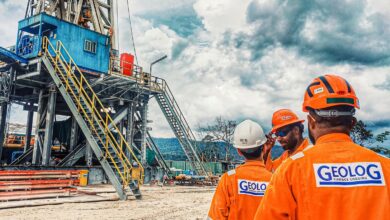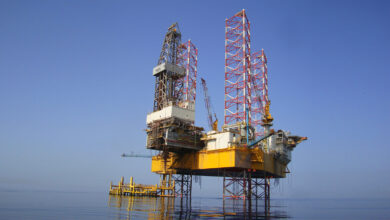DNV GL forecasts faster, more agile oil and gas production techniques as industry adapts to the energy transition
DNV GL predicts faster, leaner and cleaner oil and gas production techniques to emerge over the coming decades as the industry adapts to the unfolding energy transition. The technical advisor to the sector sees fossil fuel production needing to become more socially conscious and cost-competitive against an increasing share of renewables in the global energy mix in the coming decades.

According to DNV GL’s 2018 Energy Transition Outlook, an independent forecast of the world energy mix in the lead up to 2050, oil and gas demand will peak in 2023 and 2034, respectively. However, new oil fields will be needed until at least the 2040s, while new gas developments will be required beyond 2050. DNV GL’s Outlook predicts that operators will favor production from a greater number of smaller reservoirs with shorter lifespans, lower break-even costs and reduced social impact compared to those currently in operation.
“Most easy-to-produce, ‘elephant’ oil and gas fields have been found and are already in production, Liv Hovem, CEO, DNV GL – Oil & Gas, said. “Smaller reservoirs will likely be harder to explore and develop commercially. Digitally enabled technologies such as directional drilling and steerable drill bits, 4D seismic backed by advanced data analytics and steam flooding, will be crucial to ensure that exploration and production is economic and efficient.”
DNV GL’s Outlook recommends that existing technologies for decarbonization, such as carbon capture and storage (CCS) will also need to be implemented at scale for the oil and gas sector to stay relevant in a rapidly decarbonizing energy mix. It forecasts CCS will capture only 1.5% of emissions related to energy and industrial processes in 2050.

Global warming will likely reach 2.6 degrees Celsius (°C) above pre-industrial levels in 2050, according to the Outlook. This is well above the 2°C target set out by the COP 21 Paris Agreement on climate change. By 2050, the Outlook predicts 972 gt of carbon will be emitted, overshooting the 810 gt budget associated with the target.
“Our forecast reaffirms that the oil and gas industry has a vital role to play in the energy transition. It is our sector’s responsibility to maintain a sharp focus on decarbonization, sustainable production, cost management, and the need to embrace innovative technologies to secure long-term supply of sustainable and affordable energy,” added Ms Hovem.
DNV GL’s suite of 2018 Energy Transition Outlook reports are available to download free of charge. The main ETO report covers the transition of the entire energy mix to 2050. It is accompanied by three supplements forecasting implications for the oil and gas, power supply, and maritime industries.




